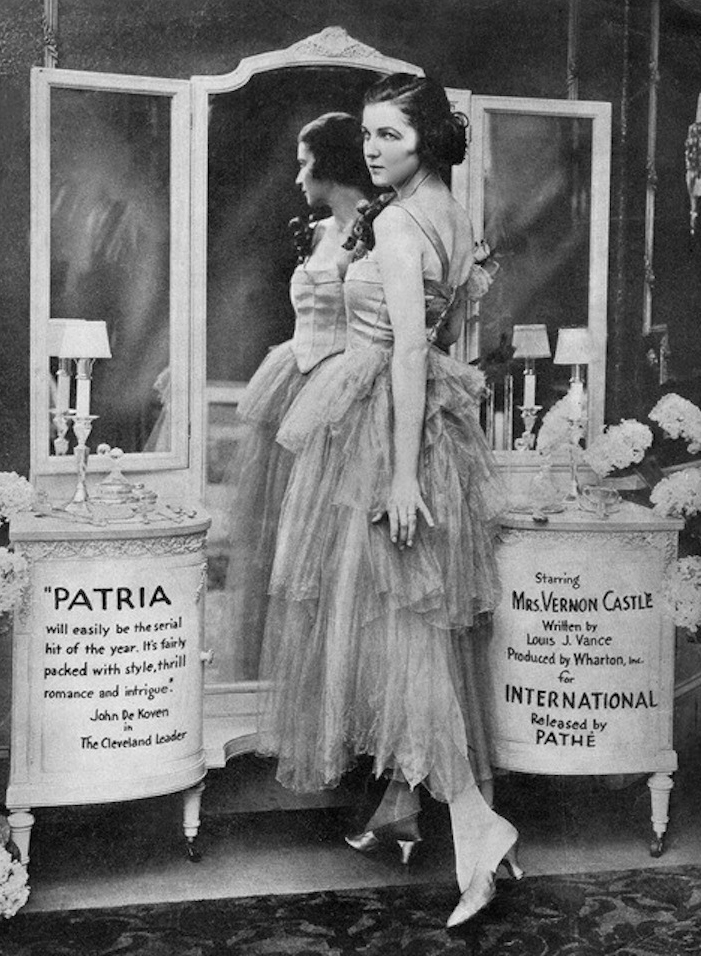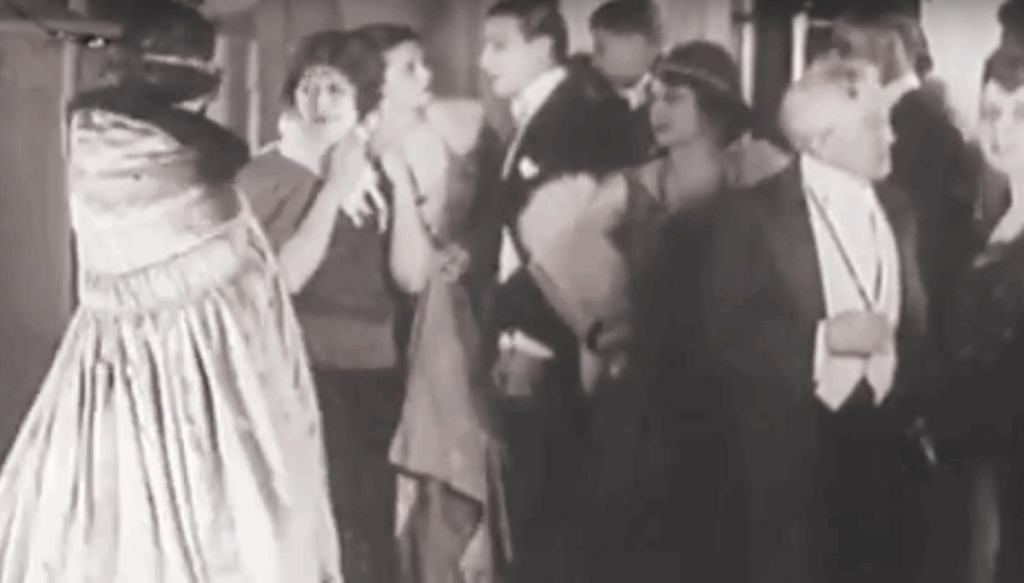Sounding Off About Silent Film
I’ve been meaning for some time to write an entry here about one of my current freelance writing clients: Wharton Studio Museum, the Ithaca-based non-profit that preserves and promotes the city’s legacy as a silent film production center. I have been involved with this organization for a couple of years, and my role has evolved into informal membership on its creative or curatorial team, under founding executive director Diana Riesman.
Diana moved to Ithaca a couple of decades ago from Los Angeles. When she learned that back in the 1910s, Theodore and Leopold Wharton had run a full-fledged movie studio in Ithaca’s lakefront park (now called Stewart Park, then called Renwick Park), she recognized the value of making this remarkable piece of history, and silent cinema more generally, a permanent part of this college town’s cultural scene.

One of the buildings the Wharton brothers used in film production remains standing at Stewart Park. That is a historical rarity, and after years of negotiations with the city, the lakefront side of the building is now slated to house the Wharton Studio & Cafe, with exhibit space to tell the story of the intrepid Whartons and what they achieved in Ithaca.
While working doggedly to establish this home base, Diana has brought many film programs and multimedia exhibits to spaces all over the city and the region. Ithaca now celebrates Silent Movie Month every October, with screenings and events held both in town and on the Cornell University campus. Another annual highlight is Silent Movie Under the Stars, a beautiful way to spend a late-summer night in one of Ithaca’s bucolic parks. Wharton has partnered with the famous George Eastman Museum in Rochester and the Cayuga Museum of History and Art in Auburn (where a key piece of the research and development to put sound on film was done in the 1920s) to create the regional Finger Lakes Film Trail.
In short, this is a vibrant small organization to which I am very happy to contribute. My role began with writing a few blog posts about the summer films (most recently I did this one to promote last week’s screening of The Eagle (1925), starring Rudolph Valentino), and expanded into research and copy writing for Wharton exhibitions at the Cayuga Museum and the History Center in Tompkins County. As part of Silent Movie Month in 2023 and 2024, I curated and hosted free screenings of selected short films and film excerpts showcasing the roles of women in the early years of the cinema, from the pioneering producer/director Alice Guy-Blaché to the anarchic comediennes of the 19-aughts and -tens featured in the fantastic DVD collection “Cinema’s First Nasty Women.” I have helped lead walking tours of Ithaca’s historic movie theaters, and served as DJ for a few fundraising events—playing all 1920s music, of course.
In my research for the Valentino piece, I came across the claim that one of Valentino’s first appearances in a film, before he went to Hollywood, was as an extra in the Wharton Brothers serial Patria (1917), a wacky World War I propaganda film funded by William Randolph Hearst and starring one of the world’s most famous women, Irene Castle (billed, with utmost gentility, as Mrs. Vernon Castle). One episode from Patria contains a sequence set in a dance hall, and was apparently filmed in a real Manhattan dance parlor, quite likely the one where our Signor Rodolfo Guglielmo de Valentina was working at the time as a taxi dancer (or, if you prefer, “lounge lizard”). To verify his presence, Diana and I—separate but conferring by phone—went shot by shot through the sequence until each of us, without a doubt, spotted him, in a tux in the center of the frame.
That’s a fine example of the kind of thing that gives your wordsmith pleasure nowadays.
